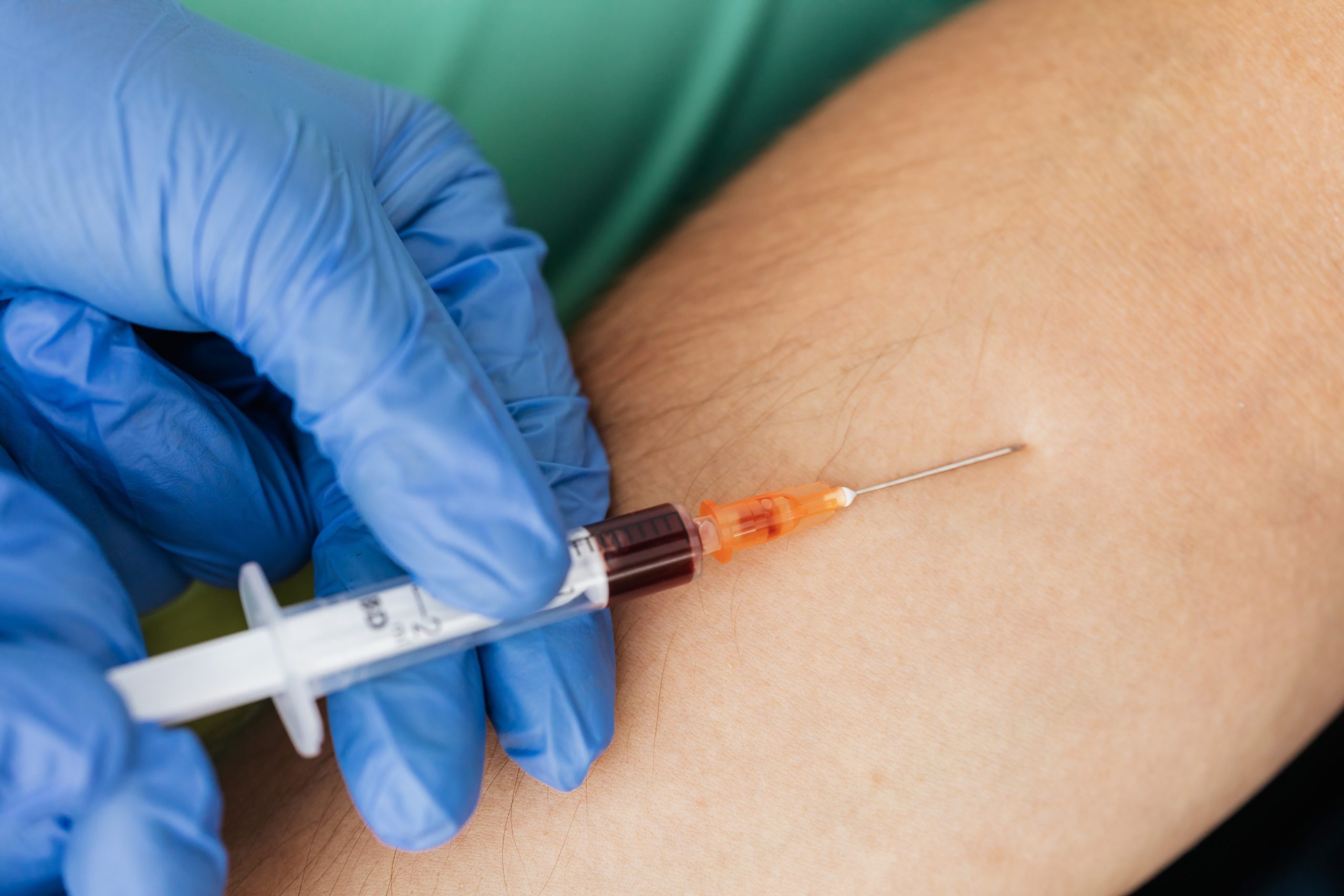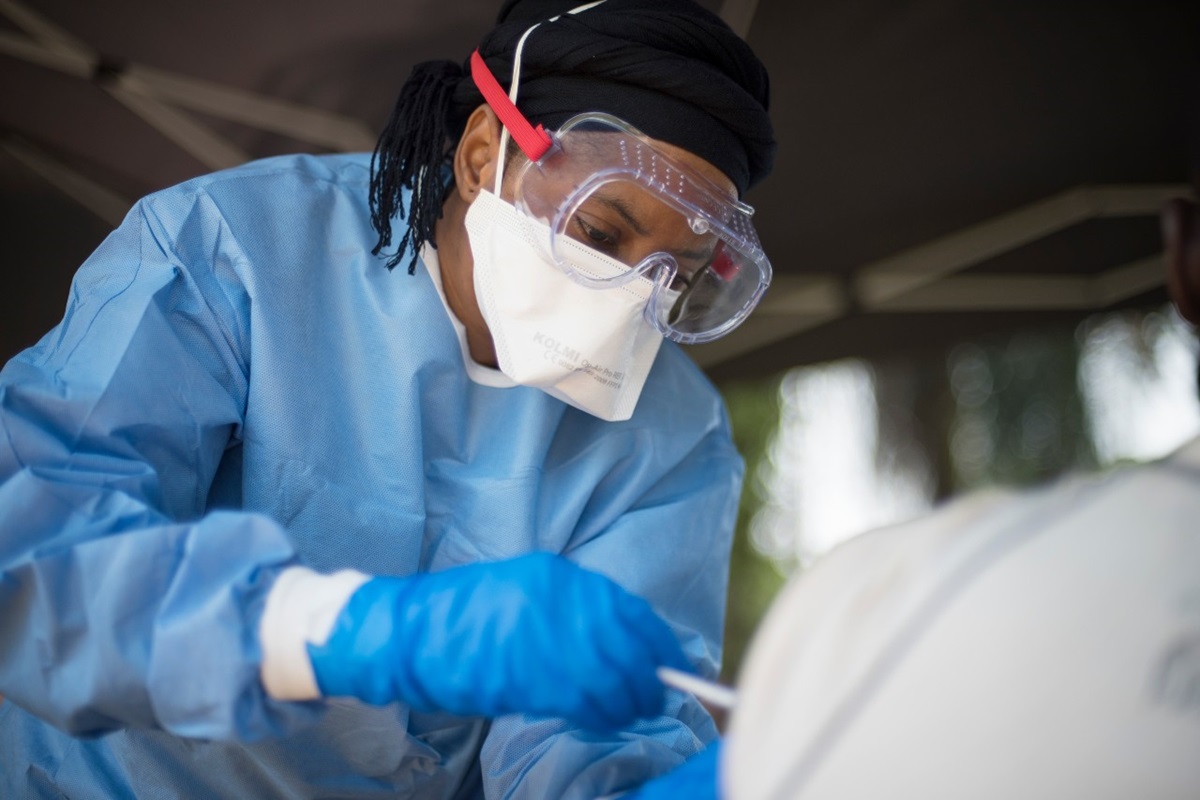
Used Needle Risks and Disposal: Used needles are a prevalent concern in today’s society, posing risks to individuals and communities if mishandled or improperly disposed of. Understanding the dangers associated with used needles, knowing how to dispose of them safely, and implementing effective preventive measures are crucial for public health and the well-being of society. In this article, we will delve into the topic of used needles, exploring the risks they pose, appropriate disposal methods, and strategies to ensure safe handling. Let’s explore this important subject further.
What is used Needle?
Used needles, also known as sharps, refer to medical syringes or hypodermic needles that have been used to administer injections or draw blood. They are primarily used in healthcare settings, including hospitals, clinics, and laboratories. However, used needles can also be encountered in public spaces, such as parks, restrooms, or discarded alongside other waste. It is essential to understand the potential risks associated with used needles and take appropriate precautions to ensure safety.
Understanding Used Needles
Used needles consist of a hollow needle attached to a syringe. They are designed to pierce the skin and deliver medications or extract bodily fluids. The primary components of a needle include the hub, shaft, and bevel. The hub is the part that attaches the needle to the syringe, while the shaft is the elongated portion leading to the bevel, which is the sharp tip responsible for penetration.
Risks Associated with Used Needles

Bloodborne Pathogens
One of the significant risks associated with used needles is the potential transmission of bloodborne pathogens. Bloodborne pathogens are infectious microorganisms, such as viruses or bacteria, that can be present in blood or other bodily fluids.
Common bloodborne pathogens include:
- hepatitis B (HBV)
- hepatitis C (HCV), and
- human immunodeficiency virus (HIV)
If a used needle contaminated with infected blood pierces the skin, there is a risk of contracting these diseases.
Infections and Diseases
Apart from bloodborne pathogens, used needles can transmit various other infections and diseases. Bacterial infections, such as staphylococcus or streptococcus, can occur if the needle introduces bacteria into the body. Additionally, used needles may carry viral infections like tetanus or even transmit rare diseases such as Lyme disease if the needle was contaminated with infected ticks.
Needlestick Injuries
Needlestick injuries refer to accidental punctures or pricks from used needles. These injuries can occur during the handling or disposal process, putting individuals at risk of infection. Needlestick injuries are not only a concern for healthcare workers but also for individuals who come across improperly discarded needles in public spaces. Such injuries necessitate immediate medical attention and monitoring.
Proper Disposal of Used Needles
Proper disposal of used needles is essential to prevent accidental injuries and reduce the risk of disease transmission. Here are some recommended methods for safe disposal:
Needle Disposal Containers

One of the most effective ways to dispose of used needles is through designated sharps containers. These containers are specifically designed to safely store used needles, preventing any accidental pricks or exposure. Sharps containers can be obtained from pharmacies, healthcare facilities, or local authorities. It is important to ensure that the container is puncture-resistant and has a secure lid.
Needle Exchange Programs
Needle exchange programs aim to reduce the harm associated with drug use and improper needle disposal. These programs allow individuals to exchange used needles for new, sterile ones. They provide a safe and confidential environment for needle disposal, reducing the risks of disease transmission and promoting proper disposal practices.
Community Collection Programs
Community collection programs are organized initiatives that provide drop-off points for the safe disposal of used needles. These programs often partner with healthcare facilities, pharmacies, or local authorities to ensure easy access and proper handling. Public awareness campaigns and educational materials accompany these programs to encourage responsible needle disposal.
Safe Handling and Prevention
To minimize the risks associated with used needles, it is crucial to adopt proper handling techniques and preventive measures. Consider the following guidelines:
Personal Protective Equipment (PPE)
When handling used needles, it is essential to use personal protective equipment (PPE) to reduce the risk of exposure. PPE may include gloves, safety glasses, or face shields. Wearing PPE creates a barrier between the needle and the handler, providing an extra layer of protection.

Needle Safety Devices
Needle safety devices are engineered tools designed to minimize the risk of accidental needlestick injuries. These devices include retractable needles or safety caps that cover the sharp tip after use. Healthcare facilities and organizations should prioritize the implementation of these safety devices to safeguard healthcare workers and patients.
Education and Awareness
Education and awareness play a vital role in preventing the mishandling and improper disposal of used needles. Public health campaigns, healthcare providers, and community organizations should focus on educating individuals about the risks associated with used needles and promote safe handling practices. By increasing awareness, we can encourage responsible behavior and minimize the impact of used needles on public health.
Legal and Ethical Considerations
The management of used needles involves legal and ethical considerations to ensure the safety and well-being of individuals and the community. Let’s explore some key aspects:
Laws and Regulations
Many countries and jurisdictions have specific laws and regulations regarding the disposal and handling of used needles. These laws aim to protect public health, enforce proper disposal practices, and outline penalties for non-compliance. It is essential to be aware of and adhere to the local laws and regulations in your area.
Duty of Care
Healthcare professionals and organizations have a duty of care to their patients, employees, and the community regarding the safe management of used needles. This duty extends to providing proper training, implementing safety protocols, and promoting responsible disposal practices. By fulfilling their duty of care, healthcare providers can contribute to the overall safety and well-being of society.
Impact on Public Health
The presence of used needles and the mishandling of sharps can have significant consequences for public health. Let’s examine the impact from different perspectives:

Transmission of Diseases
Used needles, when improperly disposed of or shared among individuals, can serve as a source of disease transmission. Bloodborne pathogens, bacterial infections, and other diseases can spread rapidly, leading to outbreaks and increased healthcare burdens. It is essential to prioritize preventive measures and safe disposal practices to protect individuals and prevent the spread of diseases.
Environmental Concerns
Improper disposal of used needles poses environmental concerns, especially when they end up in public spaces or natural surroundings. Used needles that are not disposed of correctly can contaminate soil, water bodies, or affect wildlife. This highlights the importance of responsible disposal methods to safeguard the environment and prevent ecological damage.
Social Stigma and Discrimination
The presence of used needles in public spaces can contribute to social stigma and discrimination. Communities may perceive areas with discarded needles as unsafe or associated with illicit drug use. Addressing this stigma requires comprehensive harm reduction strategies, education, and fostering understanding within communities.
Community Support and Initiatives
To effectively address the issue of used needles, community support and initiatives are crucial. Let’s explore some key strategies:
Needle Cleanup Programs
Needle cleanup programs involve dedicated efforts to collect and dispose of used needles found in public spaces. These programs often engage volunteers, community organizations, and local authorities to ensure prompt and safe removal of discarded needles. By organizing regular cleanup initiatives, communities can improve public safety and protect individuals from accidental injuries.
Harm Reduction Strategies
Harm reduction strategies focus on minimizing the negative consequences associated with drug use and improper needle disposal. Needle exchange programs, safe injection sites, and outreach services are examples of harm reduction approaches that aim to prevent the spread of diseases and promote safer practices. Supporting these initiatives can contribute to the overall well-being of individuals and communities.
Accessible Healthcare Services
Ensuring accessible healthcare services, including substance abuse treatment, counseling, and mental health support, is essential in addressing the root causes of used needle-related issues. By providing comprehensive healthcare services, communities can support individuals in making healthier choices and reduce the reliance on unsafe needle practices.
How should I handle a used needle if I find one?
If you find a used needle, it is crucial to exercise caution. Do not touch the needle with bare hands. Use gloves or other protective equipment to pick up the needle and place it in a sharps container or a puncture-resistant container with a secure lid. If a proper container is not available, contact your local authorities or healthcare provider for guidance on safe disposal.
Can I dispose of a used needle in regular household waste?
No, used needles should never be disposed of in regular household waste. This poses a risk to waste handlers and may lead to injuries or disease transmission. Always use designated sharps containers or follow local guidelines for safe disposal.
What are the common diseases transmitted through used needles?
Common diseases transmitted through used needles include hepatitis B (HBV), hepatitis C (HCV), and human immunodeficiency virus (HIV). Bacterial infections, such as staphylococcus or streptococcus, can also be transmitted through contaminated needles.
Are there any alternatives to using needles for medical purposes?
Yes, there are alternatives to using needles for medical purposes. Advancements in technology have led to the development of needle-free injection systems that use pressure, vibration, or air to deliver medications through the skin. These alternatives reduce the risk of needlestick injuries and offer convenience for patients.
How can I support needle exchange programs in my community?
You can support needle exchange programs in your community by volunteering your time, advocating for their expansion, or donating necessary supplies. Reach out to local organizations or health departments to inquire about opportunities to get involved and make a positive impact on public health.
Conclusion
The proper management of used needles is paramount to protect individuals, communities, and public health. Understanding the risks associated with used needles, implementing safe disposal methods, and promoting preventive measures are essential steps in ensuring a safer environment for everyone. By prioritizing education, community support, and responsible behavior, we can mitigate the risks posed by used needles and work towards a healthier and more inclusive society.








Recent Comments